 One evening many years ago, on the Mississippi River, I rowed past sunset along miles of riprap. If I ventured close enough to shore to see anything with the flashlight I had, I risked being swept into the rocks. So I drifted for hours in the freezing December night air with spray coating my deck and jacket with ice. I eventually spotted the dim glow of white sand and landed, but by then I was desperately cold. With a more powerful flashlight I’m sure I could have been off the water much sooner.
One evening many years ago, on the Mississippi River, I rowed past sunset along miles of riprap. If I ventured close enough to shore to see anything with the flashlight I had, I risked being swept into the rocks. So I drifted for hours in the freezing December night air with spray coating my deck and jacket with ice. I eventually spotted the dim glow of white sand and landed, but by then I was desperately cold. With a more powerful flashlight I’m sure I could have been off the water much sooner.
Since then I’ve tried a number of high-intensity flashlights. They initially showed promise, but their 123 lithium cells weren’t universally available and a few hard-to-replace bulbs burned out. LED flashlights, once only good for use in camp, have now become powerful enough for use in a compact searchlight.
I’ve been impressed by Bushnell’s Rubicon T300L HD flashlight. It’s just shy of a pound and is powered by four common and inexpensive AA batteries. About the size of an old C-cell flashlight, it has a fish-eye lens on its business end. Behind the lens there’s a kaleidoscope pattern of green cat eyes. Peer into it and you’ll see a black square hole on a field of a white. That square is the shape of the beam the flashlight casts and the thick lens keeps the light quite uniform from edge to edge, just as a slide projector does without a slide. There are high and low settings for the light; you’ll need the low setting for close work, as the high can be painfully bright. The lens is encircled by a ring that emits a low intensity red light well suited for reading charts without wiping out your night vision.
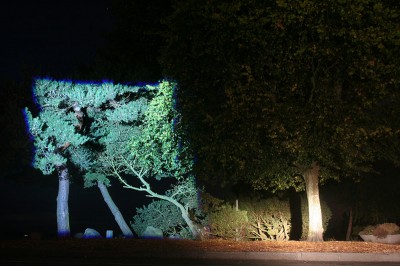
Here we see the distinctive blue-outlined rectangle defined by the beam of the Bushnell Rubicon T300L HD flashlight, as compared with the beam of a car headlight.
As I walked with the T300L held horizontally, the square of light it cast was 6′ wide where it fell on the ground 24′ ahead of me. Some stray light radiated in a halo around the square and illuminated the ground around my feet. On the high setting, I could pick up the shine of retroreflective signs a measured 325 yards away, so it should pick up channel markers equally well.
During a midnight outing I paddled along a wooded hillside where there were a number of unlit houses invisible among the trees. At about 100 yards from shore the bright beam easily picked out their white trim. There was neither enough contrast nor shadows—my line of sight was parallel with the beam—to help distinguish one tree from another. At 50 yards, individual trees, weathered wood stairways, and concrete bulkheads were clearly visible. At 15 yards the T300L HD brought everything in the square into what almost looked like daylight. At a distance where I’d be looking to come ashore I’d easily be able to spot smooth beaches and open ground for camping.
I have only two quibbles with this flashlight. First, the switches are hard to find by touch. And second, the housing is black, which is not easy to find in the dark. While a smaller LED flashlight would be better for general-purpose lighting in camp, if you’re searching for something on the water or trying to find your way at night, the T300L will brighten your prospects.![]()
Chris Cunningham is the digital editor of Small Boats Monthly.
The Bushnell Rubicon T300L HD has been discontinued. (Updated 11/26/22)
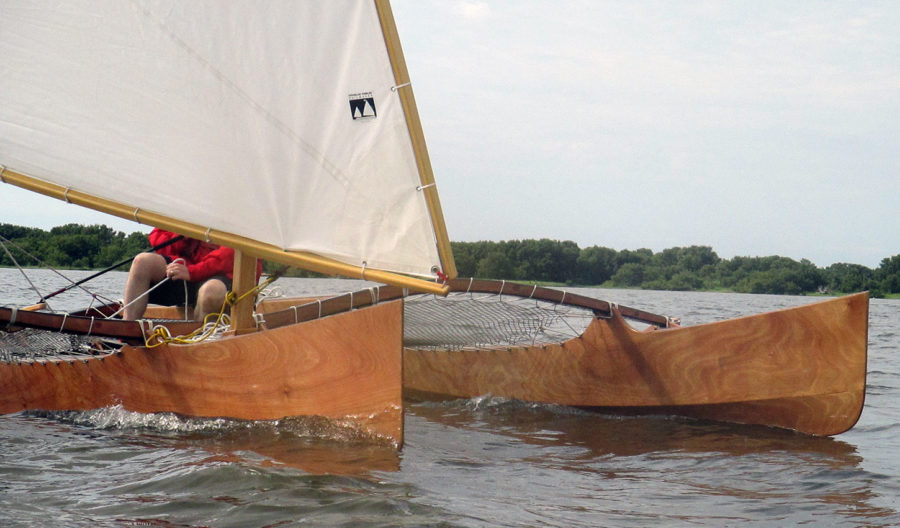
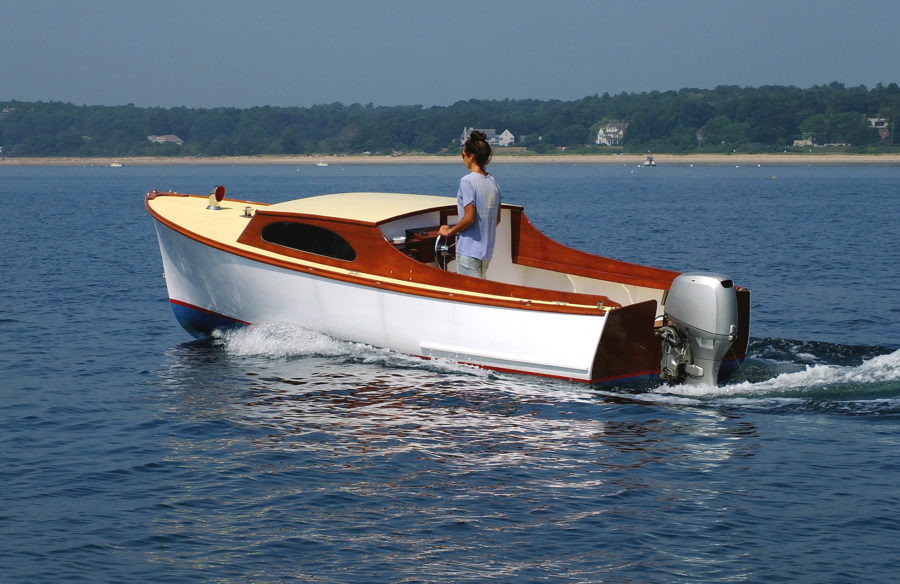
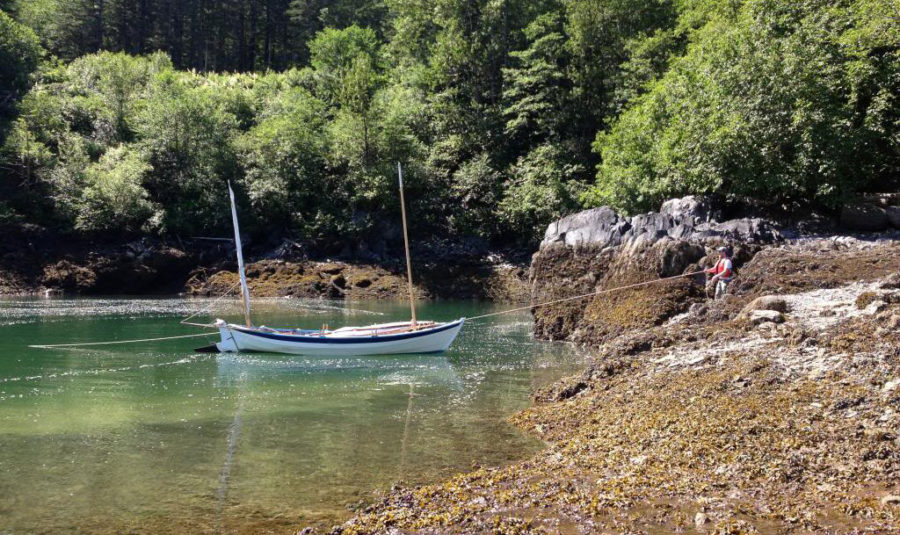
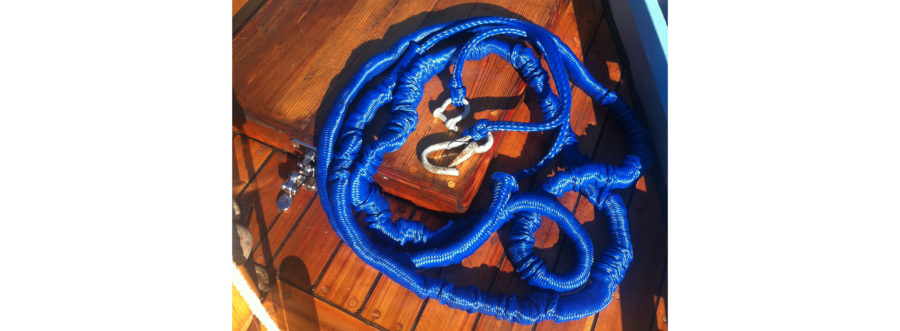
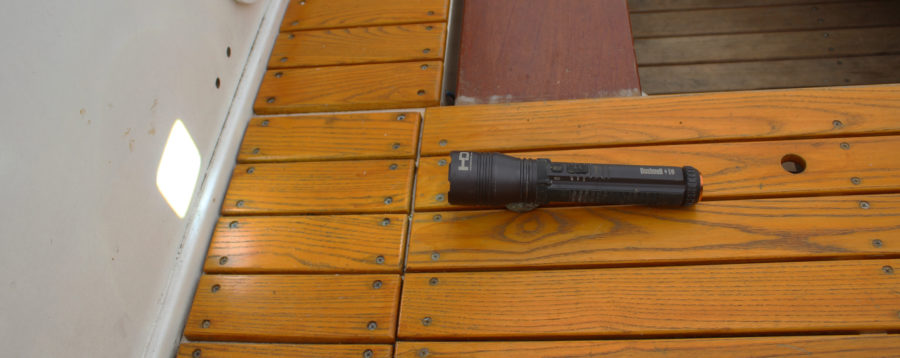
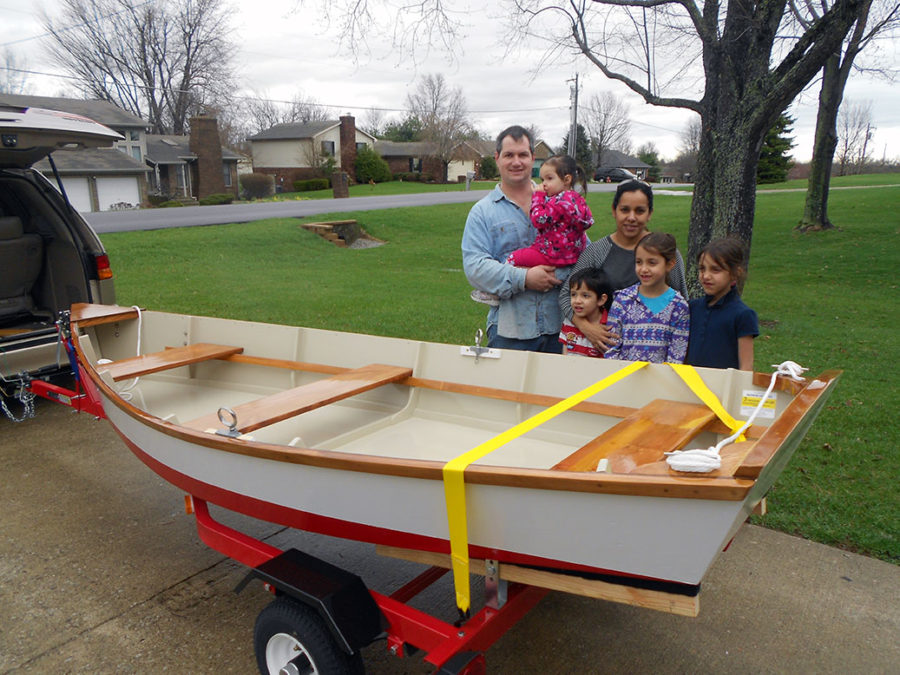
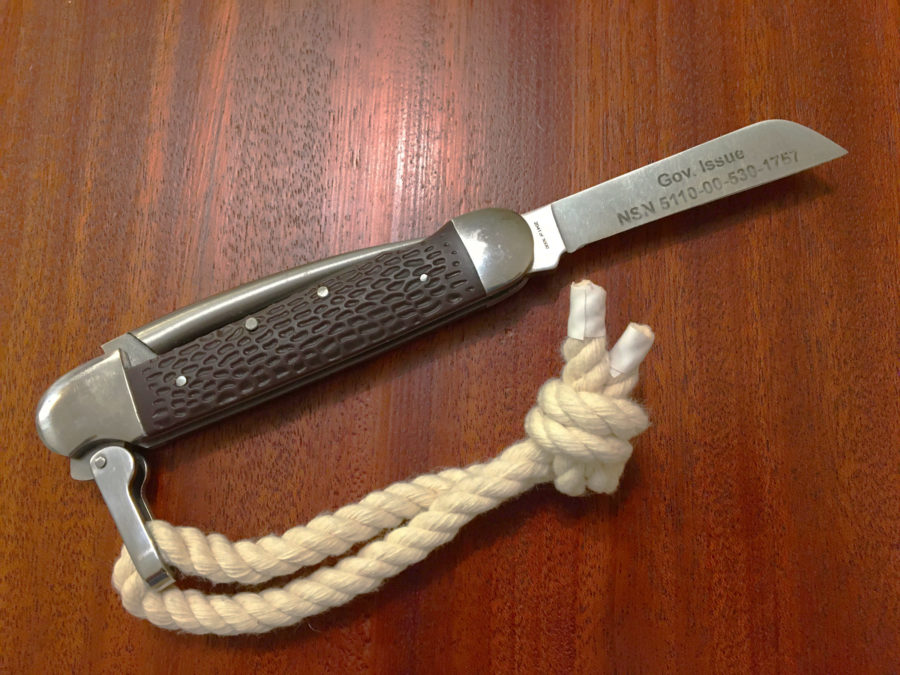
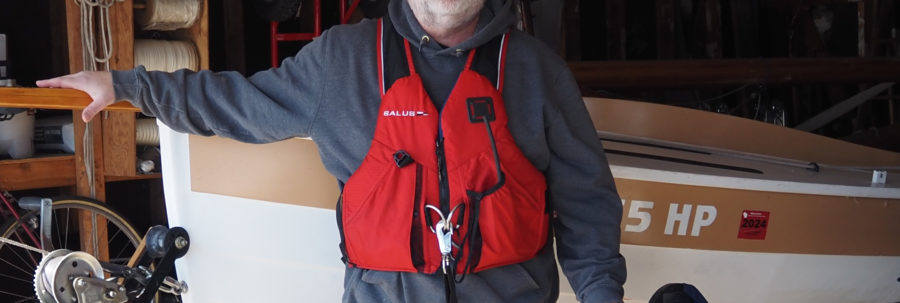
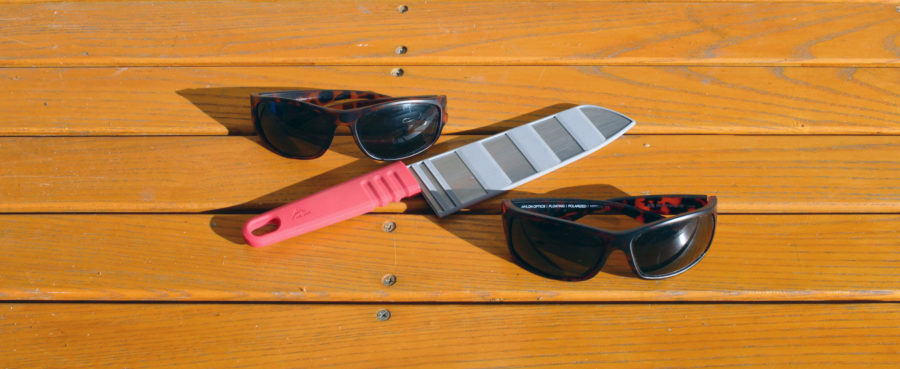
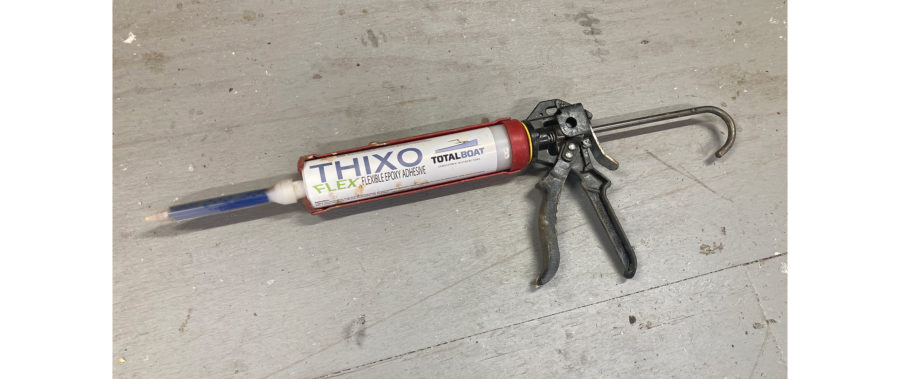
The cases of flashlights should have one flat side, so that they can be placed on a surface and remain stable without rolling. This seems obvious but few are constructed that way.
Why handheld flashlights when you have something as good as the Petzl MYO XP headlamp (frees up your hands). Used it for more than six years on a daily basis (OK, I am into my third unit). What about testing something like http://www.greatlandlaser.com/ (laser flare; as an alternative to pyrotechnics) as a handheld device? Just a thought. Michael
Michael, I certainly agree that a headlamp is essential when you need to have your hands free. In camp or at anchor, I’d stow the T300L and use a headlamp. For seeing what’s way up ahead when under way, Bushnell’s T300L is the best flashlight I’ve yet encountered. It is rated at 330 lumens, more than half again brighter than the MYO RXP’s 205 lumens on Boost mode, its brightest output. Lumens measure the total output of light but not its concentration into a particular area. The T300L has a collimated beam so most of the light is directed into the square it illuminates. If the beam of the MYO RXP is wider than that of the T300L, it would be even dimmer on the same target.
There are occasions where I’d rather have a hand-held flashlight. You can hold the beam on your target and face any direction you like. More than once I’ve been temporarily blinded by someone wearing a headlamp who turned to talk to me.
Different tasks require different flashlights. I like to have a wide assortment of them.
I’ve carried a Greatland Laser flare on my PFD for years. I reviewed it while I was editing Sea Kayaker magazine and as a test aimed it at a friend’s house on a hill 3.2 miles away. He saw the distinctive red laser light clearly even when it was surrounded by the lights of my urban neighborhood. A review of the Laser Flare here in Small Boats Monthly is a great idea.
Thanks for your comments,
Chris Cunningham, Editor
Sounds great, but how long do the four AA batteries last?
Bushnell rates the run time as 1.25 hours on high bean, 38 hours on low, 14 hours for the red halo.I’ve been using the T300L intermittently during three photo shoots, midnight range trials aboard a kayak, a half hour walk in the dark, biking 4 miles at night and other miscellaneous tasks and I’m still on the first set of batteries.
Christopher Cunningham, Editor
We ( putting my Registered Maine Guide hat on ) some years back when they were first introduced. Almost everyone bought one. I have a couple, the small one in my PFD and a larger one in the ditch bag. Besides acting to attract specific attention, what they do in fog is remarkable.